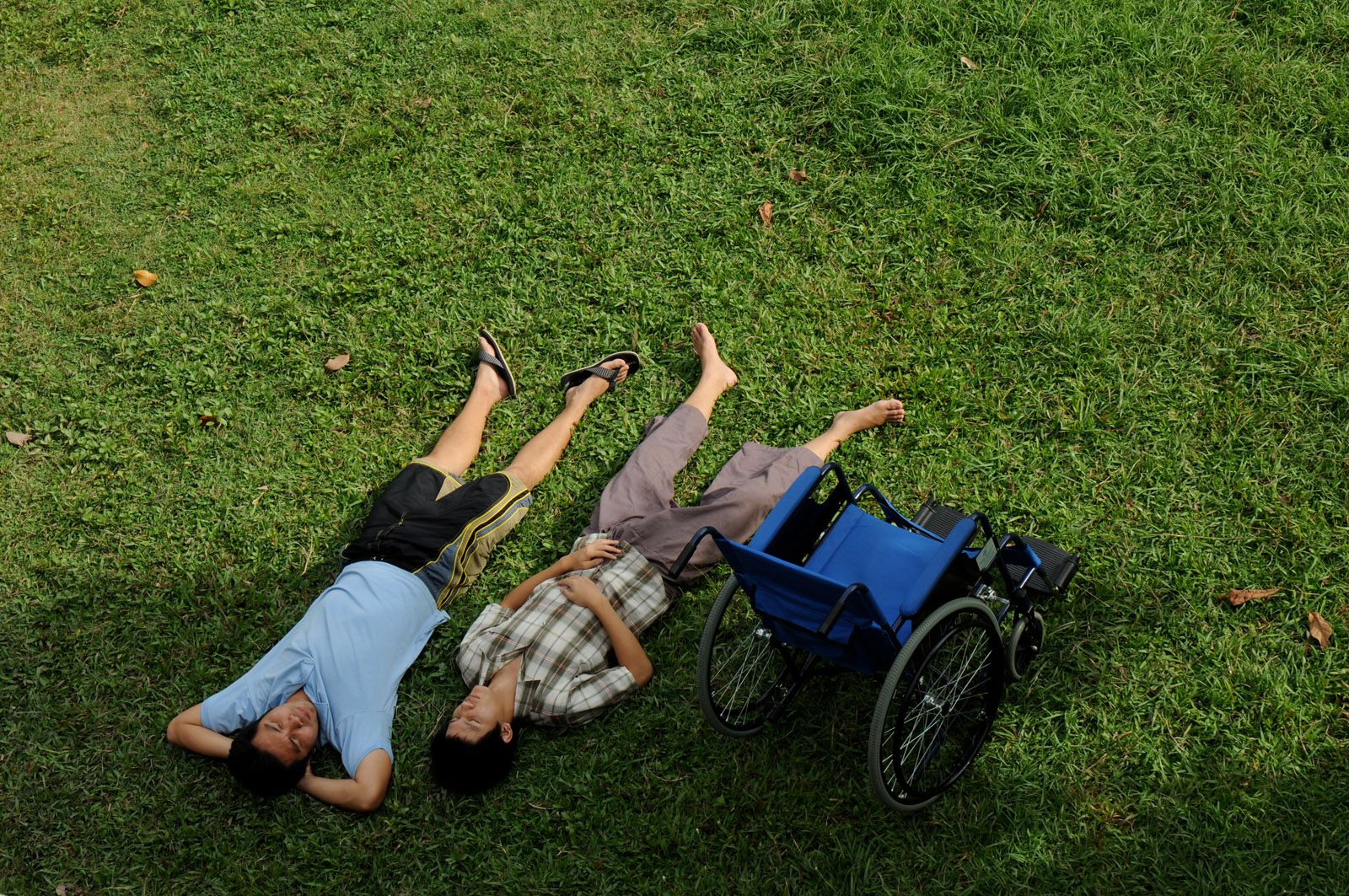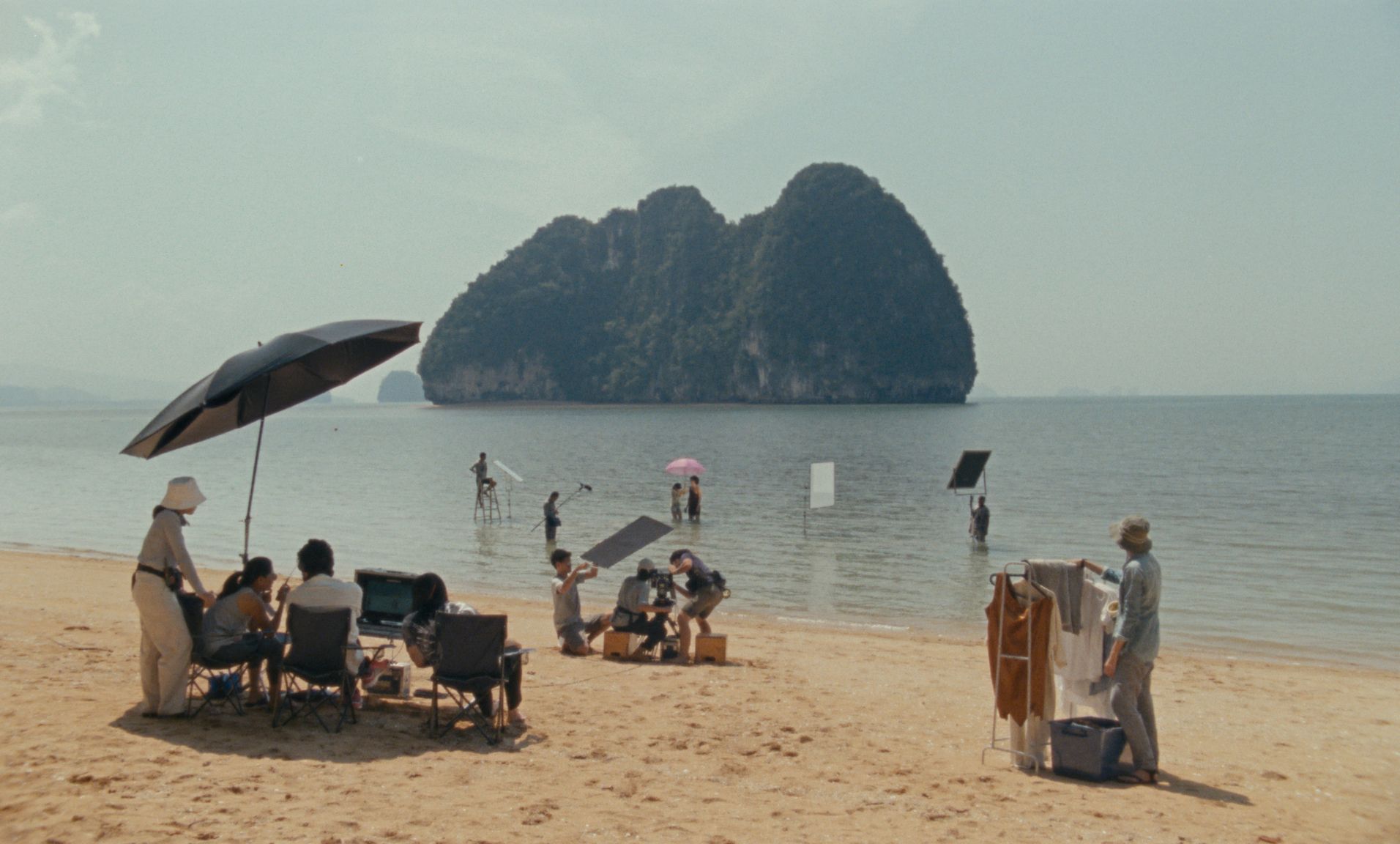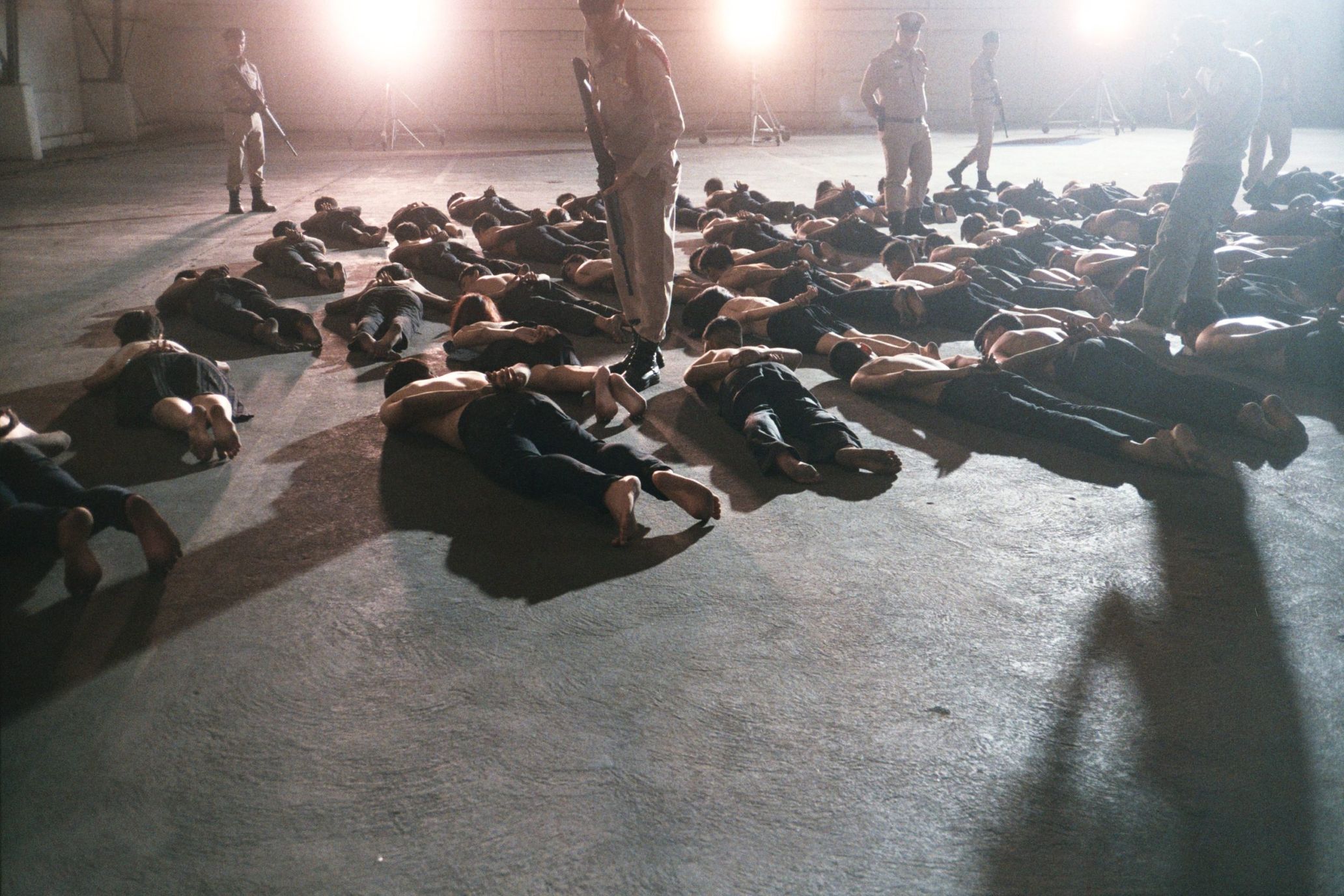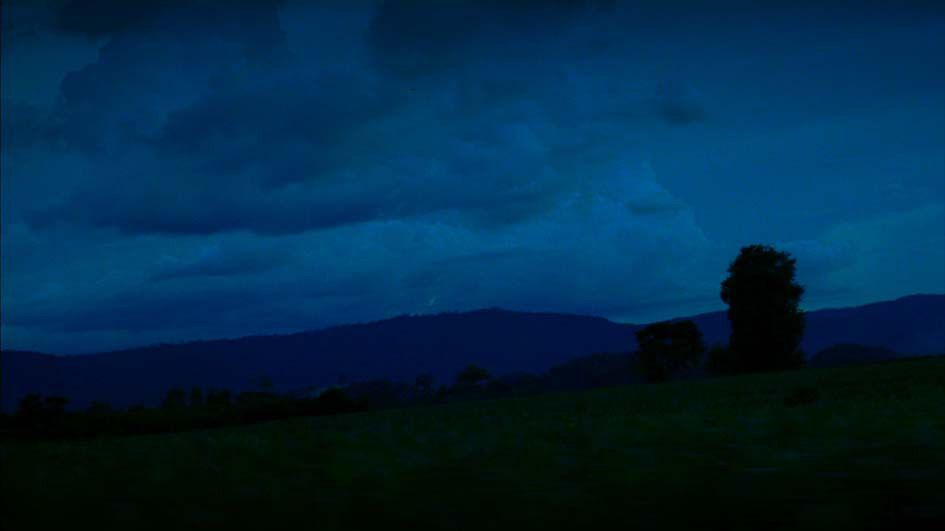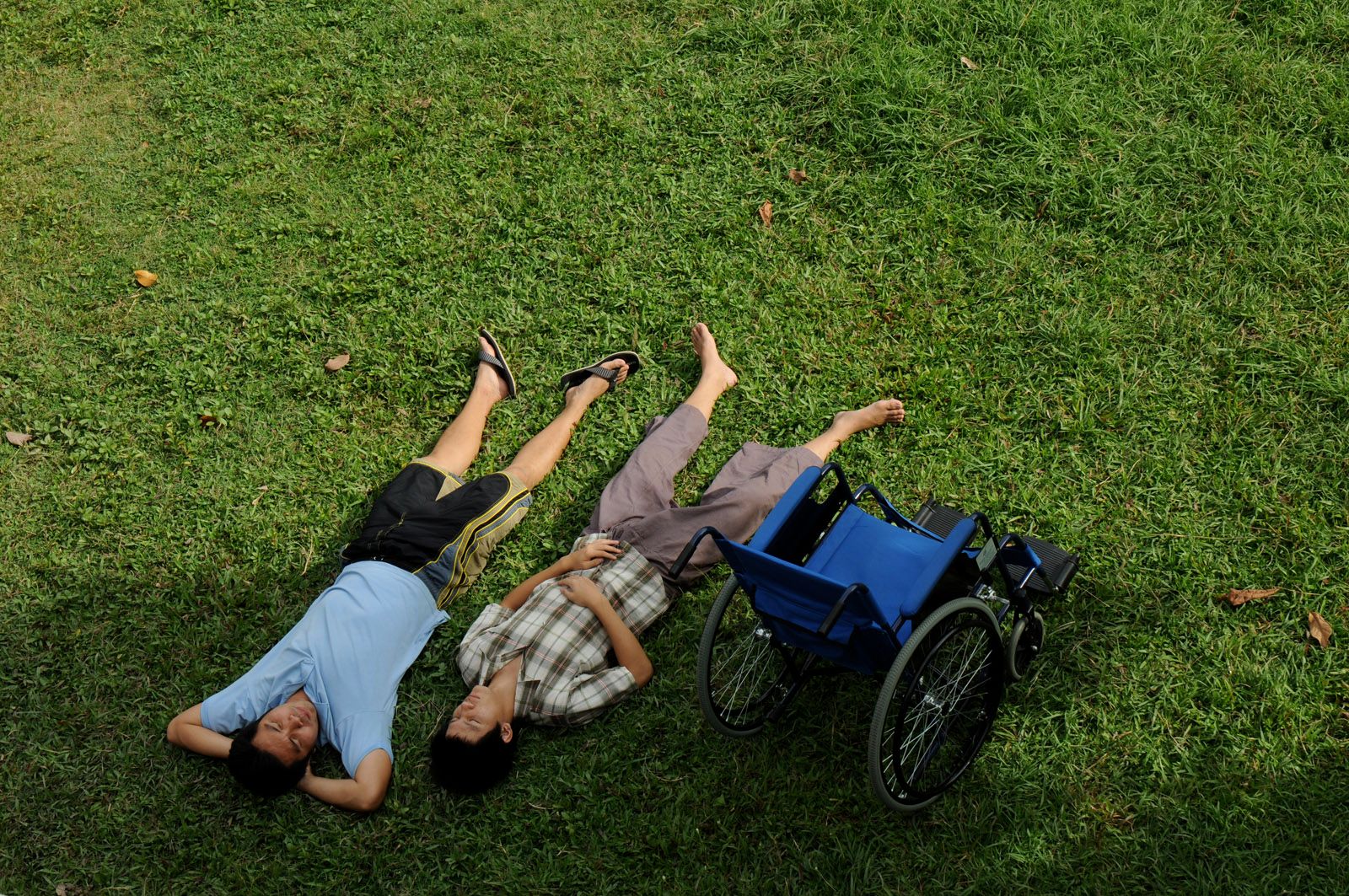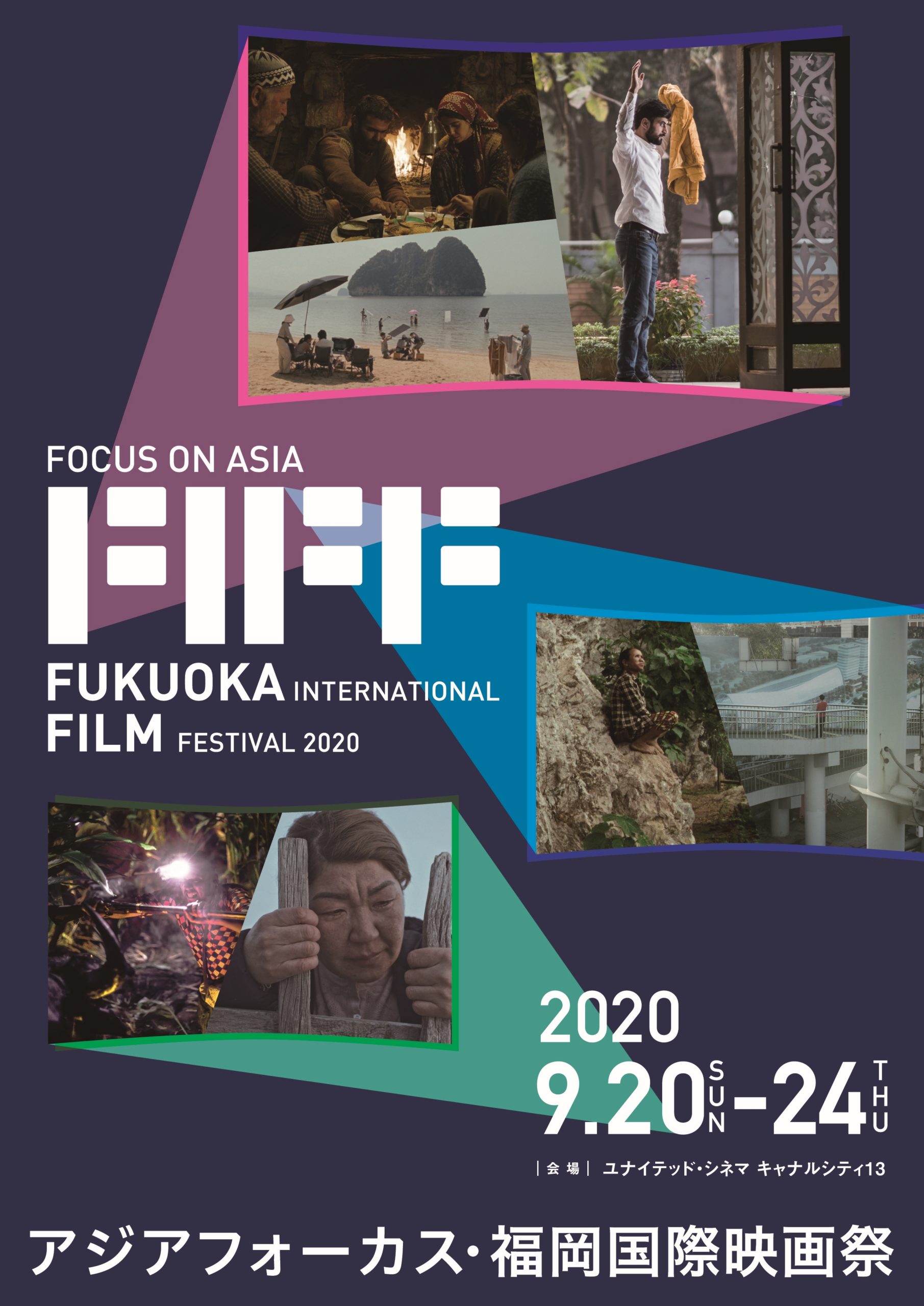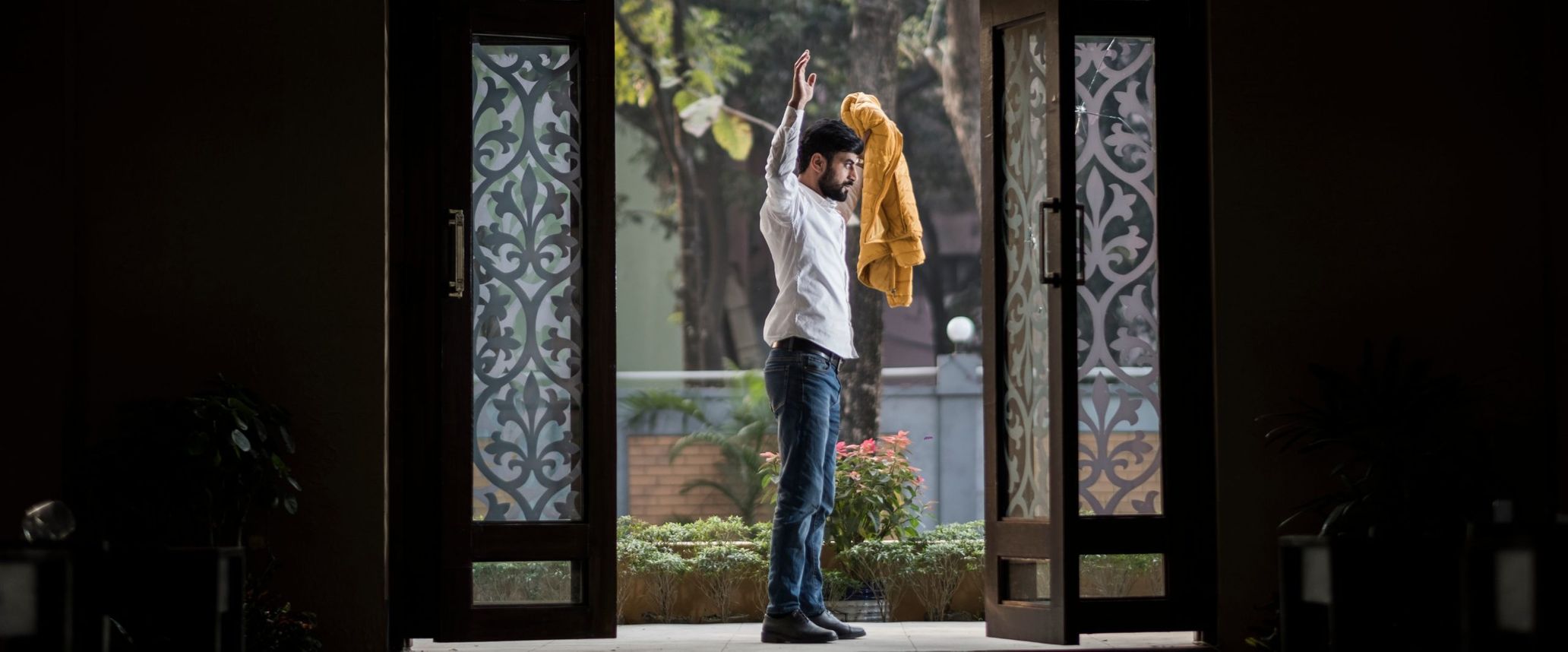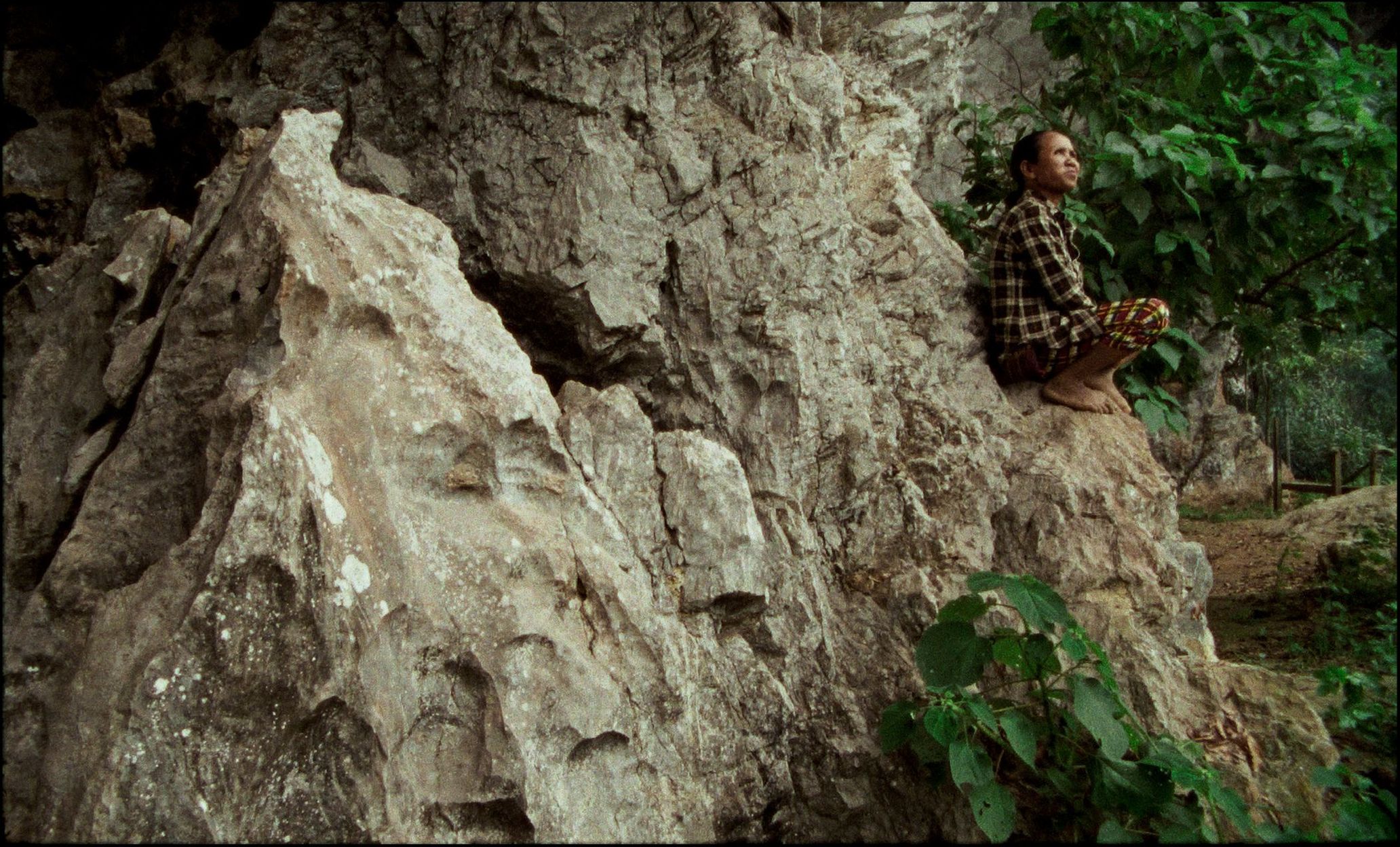“Happy Old Year” by Nawapol Thamrongrattanarit, which was written about in Vol. 1 of this series of columns, is going to be released in movie theaters nationwide on December 11th. How great is that? Also, his commercial for GrabFood (a food delivery service in Southeast Asia) featuring BNK48 is now available on YouTube with English subtitles. In this column, I’d like to talk about another genius Thai director, Anocha Suwichakornpong and her maze-like films filled with mystery and unexpectations.
Anocha Suwichakornpong, the brilliant director creating forward-thinking and beautiful films
With Thailand’s anti-government activism gaining more momentum, the Japanese media has started to frequently broadcast videos of high schoolers raising their three fingers in the air. The three finger salute, created by sticking the index finger, middle finger, and ring finger together, was made popular thanks to “The Hunger Games” (2012). The gesture’s quickly turning into a symbol of protest amongst the youth. On August 24th, as a response to the rise of anti-government protests, the government successfully applied pressure on Facebook to shut down “Royalist Marketplace,” which was a private Facebook group used for criticizing Thailand’s monarchy. Pavin Chachavalpongpun, an associate professor at Kyoto University currently residing in Japan, is the person who created the Facebook group. A pro-monarchy group paid a visit to the Japanese embassy in Bangkok on August 25th and requested the Japanese government to deport Pavin to Thailand.
In the midst of the anti-government movement in Thailand, Focus on Asia Fukuoka International Film Festival (September 20th~24th) is going to host a special screening for the works of Anocha Suwichakornpong.
Much like Nawapol Thamrongrattanarit from Vol. 1 of this series, her films are shown at film festivals every season, but they sadly haven’t made it to nationwide theaters yet. I’d like to write about Anocha’s radical and beautiful cinematic universe, as well as the Fukuoka City Public Library Film Archive, which has a collection of her films. Writing about these two things is my own way of supporting her screening in Fukuoka. Let me start off by writing about her full-length feature films in order (co-directed films included):
Narrative film, “Mundane History” (2009 / Focus on Asia Fukuoka International Film Festival 2010)
Narrative film, “By the Time It Gets Dark” (2016 / Osaka Asian Film Festival 2017)
Narrative film, “Krabi, 2562” (2019 / Yebisu International Festival for Art & Alternative Visions 2020)
※Co-directed with Ben Rivers
Including one co-directed film, she has three full-length feature films in all and compared to Nawapol, her filmography is quite small. The biggest reason for this can be attributed to the lengthy filming period of “By the Time It Gets Dark.” I’ll touch on this subject a little later on.
Titled “Anocha Suwichakornpong Shorts,” seven of her short films are going to be screened at Focus on Asia Fukuoka International Film Festival. Amongst the films is “Graceland” (2006), her thesis film for an MFA film program at Columbia University. It was the first Thai short film to be selected at Cannes International Film Festival.
Picture this scene: Bangkok, a parking lot at night, a woman in a red shirt smokes a cigarette in the passenger seat of a BMW while a young man wearing white overalls sits in the driver’s seat. The two go on a drive to the south. All of a sudden, the car stops in the middle of the woods. The woman in red leaves the car after saying that she’ll be right back. The man follows her but…… The characters and backstory are vague and the story rapidly progresses in an unexpected way. This sense of obscurity and unpredictability are Anocha’s primary characteristics and it can be seen in her very first film. The viewer is sure to feel anxious and confused about not knowing where the film is headed as it moves forward. By the way, “Graceland” is about Elvis Presley’s former home.
The level of mystery and surprise is brought up a notch in her debut full-length film, “Mundane History.” The following is the synopsis of said film on Focus on Asia Fukuoka International Film Festival’s website:
“Ake is paralyzed below the waist from an accident. Then Pun, a caregiver, is hired to care for Ake, who lives on the 2nd floor of his mansion. Unable to escape from his negative emotions, Ake is always in a foul mood and hardly talks to his father…”
In an interview she gave at Locarno International Film Festival, she stated that the story of Ake represents the political and social unrest and instability seen in Thailand today. The conflict between his father and him reflects the conflict that exists between authority and citizens. The director’s idealized vision of the future for Thai citizens can be seen in the evolution leading up to Ake’s eventual acceptance of his disability. “Mundane History” is in fact, not a mundane film due to its metaphorical take on contemporary Thailand as well as its Buddhist themes such as the eternal flux and cycle of life and death.
In order to emphasize this theme, she got rid of the chronological scenes as much as possible and edited the scenes in an associative and repetitive way for the latter half of the film. Instead of following the “introduction, build up, twist, conclusion” structure, it has a “introduction, build up, twist, twist” structure. By making the story deviate even further from the original storyline, Anocha manages to pull the rug out from under the audience’s feet. The utter thrill felt from this mixture of instability and bewilderment is what makes Anocha’s work just so good.
“By the Time It Gets Dark,” a cutting-edge film that leads the audience astray
Her second full-length film, “By the Time It Gets Dark,” is a controversial piece of work that challenges the “Thammasat University Massacre,” which is a taboo subject in Thailand. On October 6th of 1976, right wing citizens and state forces brutally attacked left wing students and activists during an occupation at Thammasat University. There’s one photo from the massacre that was famously taken by Neal Ulevich. In the photograph, the eyes of spectators are glued to a certain man that’s just about to hit another man, who’s hanging from a tree, with a chair.
The film starts off with a scene of mourning where people light up incense sticks (a Buddhist funeral custom) and put their hands together in a praying gesture. The next scene is a meta one, as it shows a film crew documenting half-naked students being forced to lay on the ground by armed soldiers. After the film credits roll, the film follows a young woman director visiting and interviewing a woman who survived the massacre and later became a writer. Like Anocha’s other films, the audience is given very little context in regards to the scenes and characters. From the interview scene onwards, the film starts to erode away by deviating from the original storyline.
Compared to “Mundane History,” the twist takes place earlier and once the film passes the midway point, the characters are replaced and some scenes get repeated. The line between what’s real and unreal gets extremely blurry. Further, in “Mundane History,” the story is seen through a man whereas “By the Time It Gets Dark” is told through the eyes of a woman. What can be said about the two is that both perspectives have a certain warmth to them. However, the way the latter film pivots from one point to another is truly unprecedented and will probably create a clear divide between those who like and dislike the film. It’s not a stretch to state that some people will laud “By the Time It Gets Dark,” saying that it has transcended the twists and turns of David Lynch, Jacques Rivette, and Alain Robbe-Grillet. On the contrary, other people might leave the viewing experience with a sense of frustration and confusion. It’s a film that could cause chaos at a screening. After having witnessed the cinematic equivalent to an unsolved mystery, I couldn’t help but feel as though “Krabi, 2562” was lacking the arcane, unexpected quality seen in her other works. I get the impression that Anocha’s radicalness and refinement aren’t as prominent here.
“By the Time It Gets Dark” won Best Picture, Best Director, and Best Editing at the 2017 Suphannahong National Film Awards. It also got a special mention at Osaka Asian Film Festival 2017. However, the screening of the film at Doc Club Theater on the 41st anniversary of the massacre (October 6th of 2017) got cancelled due to authorities’ orders.
Asian films that deal with taboo subjects excluded from official history
In Asian film history, there’s a pattern of filmmakers creating films about taboo subjects kept in the dark. By doing so, they in turn reinvent the history of films in Asia. Some examples are:
“A Brighter Summer Day” (1991) by Edward Yang (White Terror in Taiwan)
“Peppermint Candy” (1999) by Lee Chang-dong (Gwangju Uprising in Korea)
“S-21, The Khmer Rouge Killing Machine” (2003) by Rithy Panh (the Khmer Rouge in Cambodia)
“The Act of Killing” (2012) by Joshua Oppenheimer (Indonesian mass killings of 1965-1966)
“Dead Souls” (2018) by Wang Bing (Mao’s Anti-Rightist Campaign)
Of course, there are more provocative history films aside from these ones. Some other recent examples are Korea’s “A Taxi Driver” (2017) and the film adaptation of an indie horror game about the White Terror period in Taiwan, “Detention” (2019). I personally think countries that have a lot of contentious films with taboo subject matters have a richer variety of films in general.
However, because such taboo films don’t align with the country’s own version of history, the majority of these films are met with severe criticism and thus, have difficulty getting shown in theaters. Fukuoka City Public Library Film Archive collects Asian films/materials, including Japanese ones, that have a deep relationship with Fukuoka city. Controversial works that can’t be shown in their own respective countries are included in the archives too. Anocha’s “Mundane History” and “By the Time It Gets Dark” are amongst the collection.
Even if these films get banned and destroyed in their home country, the data is safely kept at Fukuoka City Public Library Film Archive. They also have opportunities to hold screenings. Perhaps the existence of such an archive gives some sense of ease and encouragement to trailblazing Asian filmmakers that fight hard against censorship. Also, “Saturday Afternoon” (2019), which was banned from Bangladesh due to its provocative nature, and “The Tree House” (2019), which still hasn’t been released in Vietnam, are going to be shown at Focus on Asia Fukuoka International Film Festival. At any rate, these films are bound to be archived at Fukuoka City Public Film Archive. Unfortunately, Anocha won’t be able to come to Japan due to the pandemic, but the fact that there’s going to be a special screening for her radically beautiful films in Fukuoka is so wonderful. I hope this will lead to her sensational films being released in nationwide theaters.
Anocha Suwichakornpong | อโนชา สุวิชากรพงศ์
Born in 1976 in Thailand, Anocha Suwichakornpong is a director, screenwriter, and producer with an MFA from Columbia University. Graceland, which was completed in 2006, was the first-ever Thai short film to be selected at Cannes Film Festival. She founded an independent film production company called “Electric Eel Films” based in Bangkok in 2006. She also produced Wichanon Somumjarn’s “In April the Following Year, There Was a Fire” (2012) and Puangsoi Aksornsawang’s “Nakorn-Sawan” (2018/unreleased in Japan).
Pictures provided Focus on Asia Fukuoka International Film Festival
Translation Lena-Grace Suda

